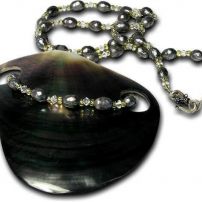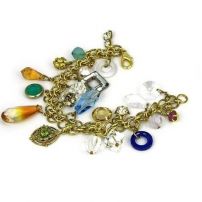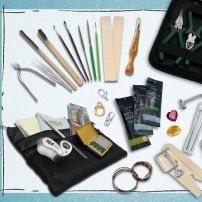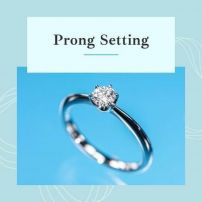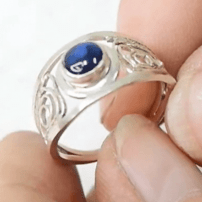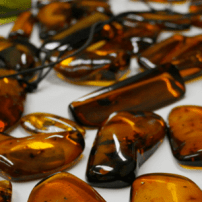Choose your first step for jewellery success
Start with an exclusive Introductory Experience
Get ready for next-level jewellery training!
Experience the best of both worlds with JDMIS' new blended learning programmes: All important theory and practical demonstrations are covered with detailed, closeup micro-learning video sessions. As a JDMIS graduate, you are eligible for our lifetime refresher policy - this means you will always have access to the online learning content for your future reference, and you can join in your selected course's real-life-learning sessions if you need a guiding hand!.
Same top-quality professional education, now accessible at your own pace and forever! These restructured courses also lower costs... to learn more, click here .
Grow beyond classroom with Industry Experiences
-
The Creative Jewellery Studio
JDMIS has established and maintained the CJS which is a unique designer co-operative supported by JDMIS and operated by its graduates. CJS designers create fine and fashion jewellery from $200 to $20,000 and have been featured around the island at venues such as Takashimaya, Isetan, Design Orchard and many more. -
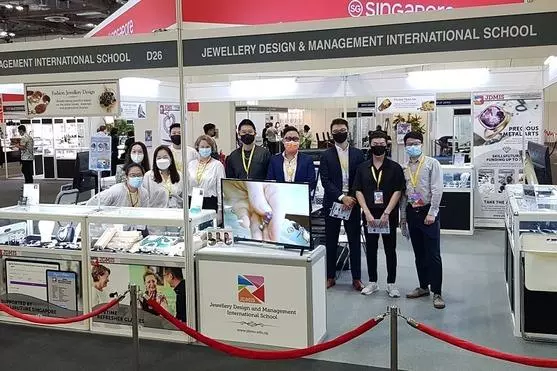
Singapore International Jewelry Show
The SIJE is an annual jewellery event where jewellery artists, designers, and manufacturers from Singapore and all over the world converge, showcasing the latest jewellery designs and the finest collections of precious gemstones. As a regular exhibitor at SIJE, JDMIS invites enterprising graduates to participate in our showcase for greater brand exposure and sales opportunities. -

Bali, Indonesia - Pearl Farm
Visit Atlas Pearls, one of the top producers of the highly sought after silver and white South Sea pearl. Learn about the pearl farming process, find out how pearls are valued and matched -

Sri Lanka - Mines & Gem Markets
JDMIS industry partner Sapphire Capital Group, with established businesses in the Sri Lankan lapidary, gem trading and logistics industries, participants have the rare occasion to explore the gem trade in Sri Lanka -

Hong Kong - Jewellery & Gem Fair
Participants travel together to the Hong Kong International Jewellery Show, the largest jewellery exhibition in the world. It is a great opportunity to network with wholesale gem, jewellery and equipment suppliers and meeting fellow entrepreneurs.
The expert instructors that will help you succeed
Our students' success stories
- Catherine Preston
- Ernest Yeo
- Flin Lee
- Joanne Low
- Yasuyo Ayukawa
- Cathy Que Liping
- Alex Wong
- Sujata Rai Chowdhury
- Kajal Naina
- Sky Seow
-
Catherine Preston
It's never too late to find your passion
Twenty years ago, Catherine started off as a Law and French graduate, and then followed her husband to Kuala Lumpur. It all started when she was visiting a friend in Bangkok searching for silver beads, lo and behold, and met Tanja Sadow, the principal of JDMIS Singapore.
With the knowledge she gained from JDMIS, a metamorphosis took place as Catherine became the ambitious designer. Though Catherine has only been in the industry for two years, she has an idea of what a successful designer should be and is working towards it.
She is now the proud owner of Catherine Preston designs -
Ernest Yeo
Structure behind the chaos
From a life of monotonous work shifts amongst machines to erratic hours with shimmery gemstones, Ernest Yeo took a leap of faith from being a broadcast engineer to being a jewellery designer. One might wonder how he could change to such a different industry, but jewellery was not new to him: at a young age he was always captivated with anything that sparkled and glittered.
He took his first steps by enrolling in JDMIS, learning CAD, New Metals and Metal-smithing. Upon learning the various technicalities and skills in jewellery design, Ernest now has greater conviction and interest in being a jewellery designer
-
Flin Lee
Preserving his heritage with Peranakan jewelleryAs a Peranakan, Flin Lee has great motivation to keep the art and tradition of his heritage alive through his jewellery designs. While it was not an easy decision for him to choose between his career in the educational sector and his passion for jewellery, he decided to take a leap of faith to join the jewellery industry and has never looked back since.
With generous support from SSG and the ESG SkillsFuture Study Award, Flin enrolled and graduated with a Diploma in Fine Jewellery Design from JDMIS. He is now the managing director of his own jewellery boutique, Le Craftsmen, and aspires to become a top designer for contemporary Peranakan-style jewellery in the region.
-
Joanne Low
From lawyer to jewellery artistWhen Joanne Low left her job as a lawyer with British Petroleum Co. after the birth of her second son, running her own jewellery business was not at the top of her mind...
The idea of enrolling in a jewellery-making course was sparked rather unexpectedly when the stay at home mum was sitting with a box of beads from Toys R Us she had bought for her then four year-old daughter. Equipped with good technical skills from the various courses at JDMIS, Joanne went on to start her own jewellery line, Joanne L. Created for the contemporary, cosmopolitan woman...
-
Yasuyo Ayukawa
Ayu Pearls - A tribute to women’s beauty
After leaving her investment banking career for good, Yasuyo rekindled a long-forgotten interest during her university days into a full-on career. Graduating from JDMIS' Fine Jewellery Design and seven years into her jewellery career, Yasuyo’s brand, Ayu Pearl, has expanded steadily. Her focus on pearl jewellery has garnered a large fan base and returning customers, with her business doubling every year!
The popularity of her jewellery is not solely based on aesthetics, but her desire to bring out the elegance and beauty in women of all ages. Each piece that she makes showcases the femininity, grace and purity of her female clients. Her jewellery can be worn by mothers and daughters alike, as everyday accessories or as statement pieces that exude elegance and a hint of decadence for formal events.
-
Cathy Que Liping
From gaming to jewelleryCathy has always had passion for gaming, as she used to spend up to 4 hours a day playing online games. Even her job and business have been in game design. From collecting gems and items in the virtual world, she started to collect gems in real life...
From gems, she ventured into Jewellery and envisioned game-inspired jewellery for gamers around the world. Determined to realize her vision, she took several design courses at JDMIS and started a new jewellery, Vector Gems Tech Pte. Ltd in 2019.
Her talent and commitment started to bear fruit as Cathy has won 2 consecutive Muse Awards in 2018 and 2019.
-
Alex Wong
Modernising jade jewelleryWith rising demand and popularity of the ‘traditional’ jade, brands are putting their own contemporary spin on how jade is used in jewellery, and one such designer is Alex Wong.
Graduating with a Fine Jewellery Design Diploma, Alex Wong has become a third-generation jadeite jeweller with more than 9 years of design expertise. Through hard work and ingenuity, Alex revitalised traditional jadeite designs to appeal to a younger audience. Not only has he carried on his family legacy in fine jade jewellery, Alex has also created stunning designs through his own designer brand to nurture the appreciation of jade for future generations to come.
-
Sujata Rai Chowdhury
Weaving her way to success
Every successful jewellery designer was once a beginner with no background. This was especially true for Sujata when she started to look into this field. Although she has always been passionate about jewellery, it was not until she visited a fascinating Bead Store in New York that made her determined to learn jewellery. By chance, she discovered JDMIS when she and her husband moved to Singapore in 2010 from the United States.
Armed with the knowledge learnt from JDMIS, Sujata started her own jewellery brand, Mila. Within a few years, her production of more than 2000 creations secured not just sales but also expanded her clientele and brand reputation. Being a dedicated student and prolific practitioner of the jewellery art, Sujata was invited to become a part-time instructor at JDMIS for Fashion Jewellery.
-
Kajal Naina
Going back to her passion and heritage in Jewellery
One may be surprised that Kajal did not consider a career in jewellery in her early years. Even for Kajal herself, she did not foresee the power of her love in jewellery will eventually make her choose a different career path.
The curriculum from JDMIS provided a strong foundation for Kajal. She graduated with skills in Metalsmithing and Metal Clay, along with two Diplomas in Fine Jewellery Design and Fashion Jewellery Arts which led to her winning multiple competitions worldwide in the last few years. She has won many prestigious awards such as Saul Bell Design Award and A'Design Award bronze winner in 2018, and International Jewellery Stars Awards in 2019. She is also the owner of her own fledging brand, Kajal Naina Fine Jewellery.
-
Sky Seow
FloofyWinkle – A pearl brand to watch!Sky has always had a passion for pearls and crystals and has a vision that everyone should own at least one piece of pearl jewellery in his or his or her collection. The COVID-19 pandemic was a turning point for him as it gave him the time and opportunity to re-evaluate his life and career aspirations, and eventually Sky decided to pursue his passion by transitioning from a real estate agent to a professional fashion jewellery artist.
Within just a month of graduating from JDMIS’ Fashion Jewellery Arts Diploma programme, Sky made remarkable progress with his new brand, FloofyWinkle, by coming up with original merchandising concepts, launching his e-commerce website, and hand-fabricating over 100 jewellery pieces for sale. His effort culminated in a big success at his first ever jewellery show as his pearl-centric jewellery were a hit with the customers.
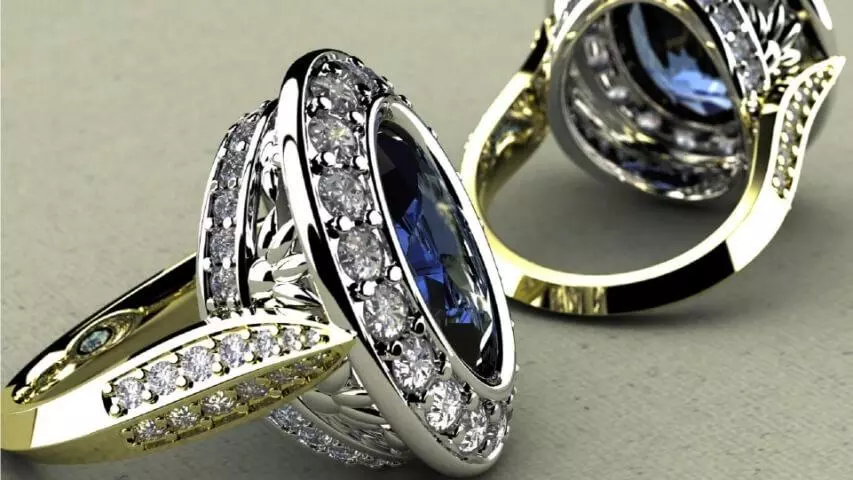




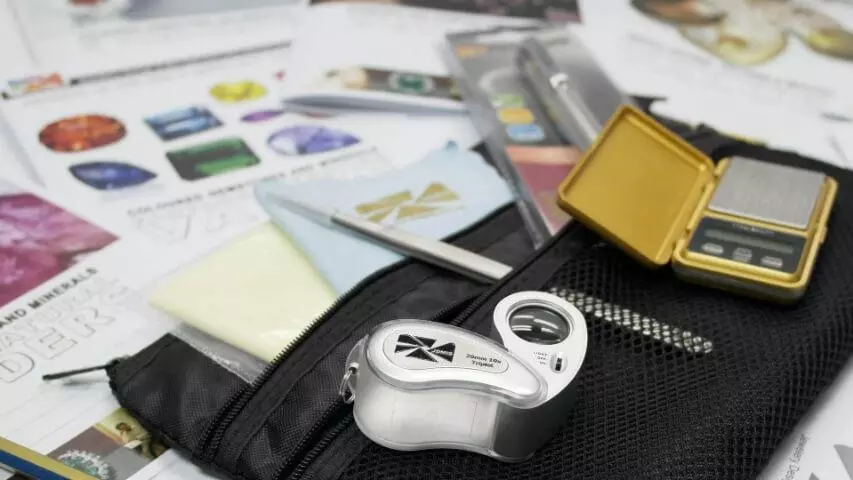

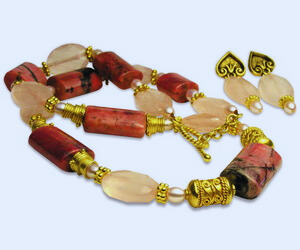
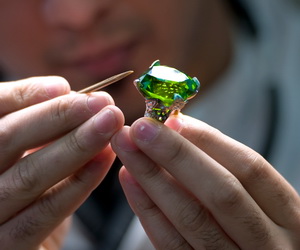
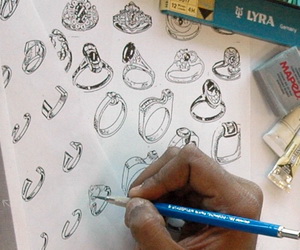

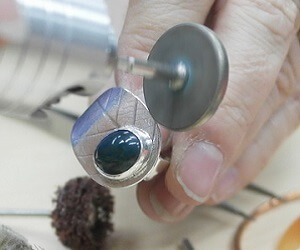
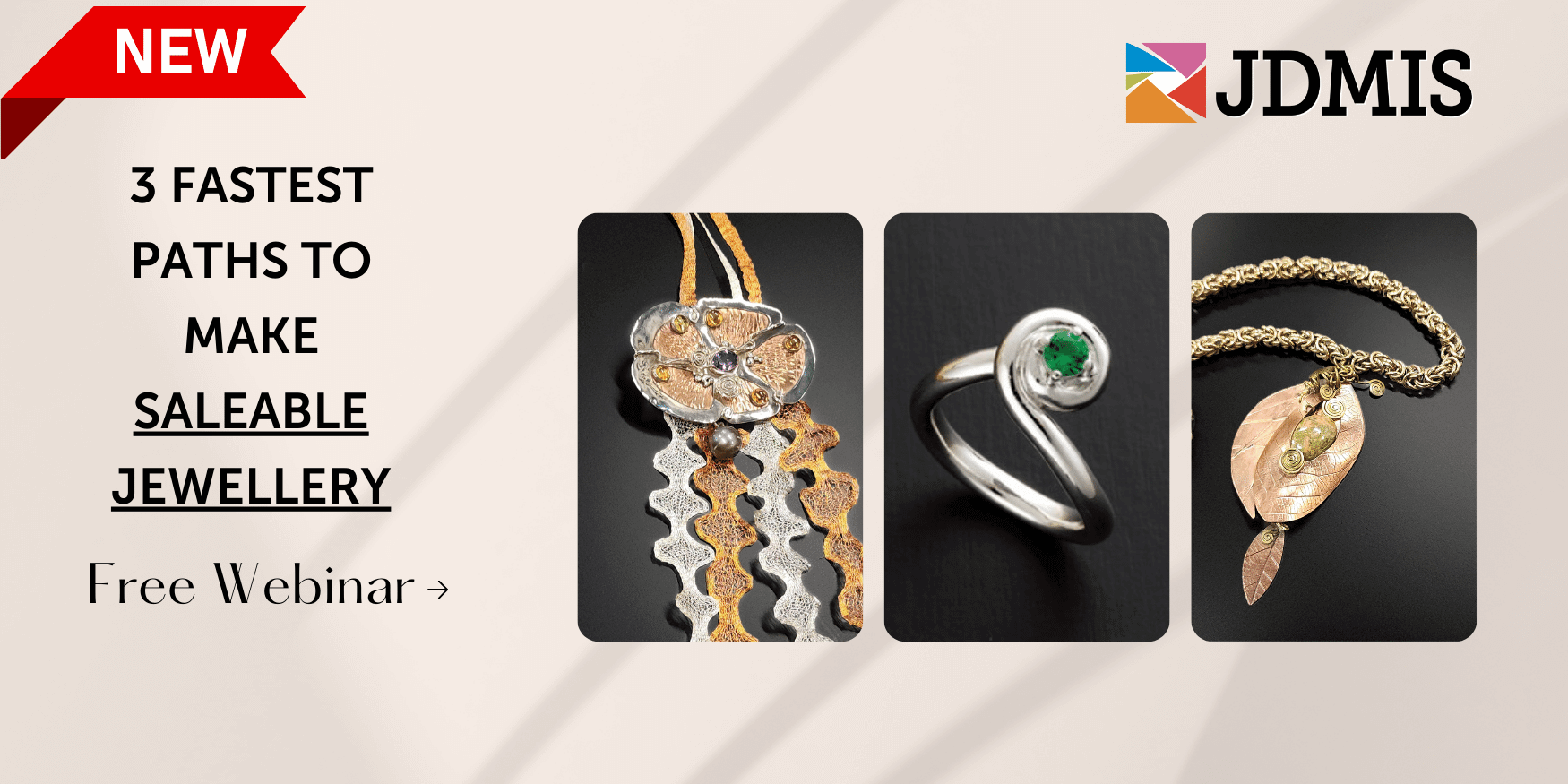
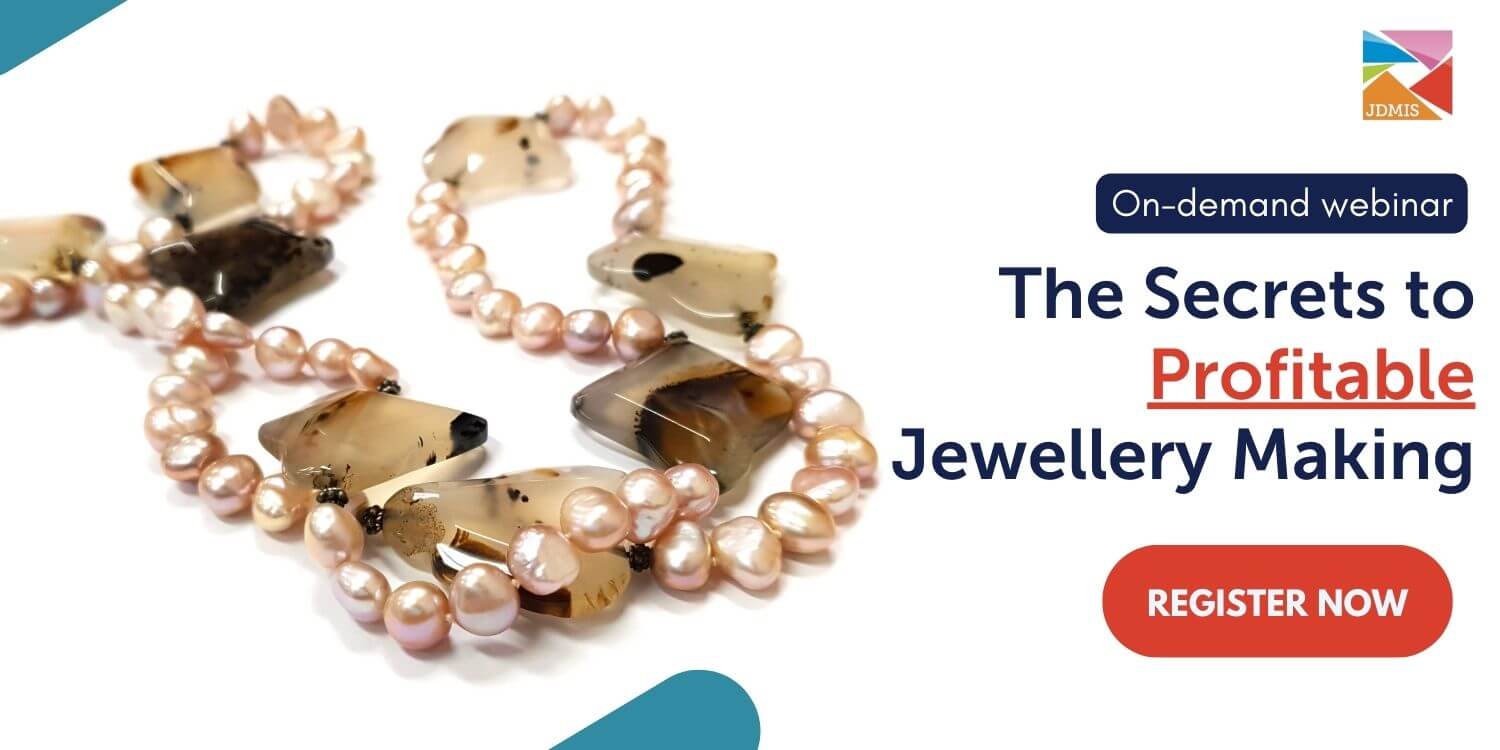
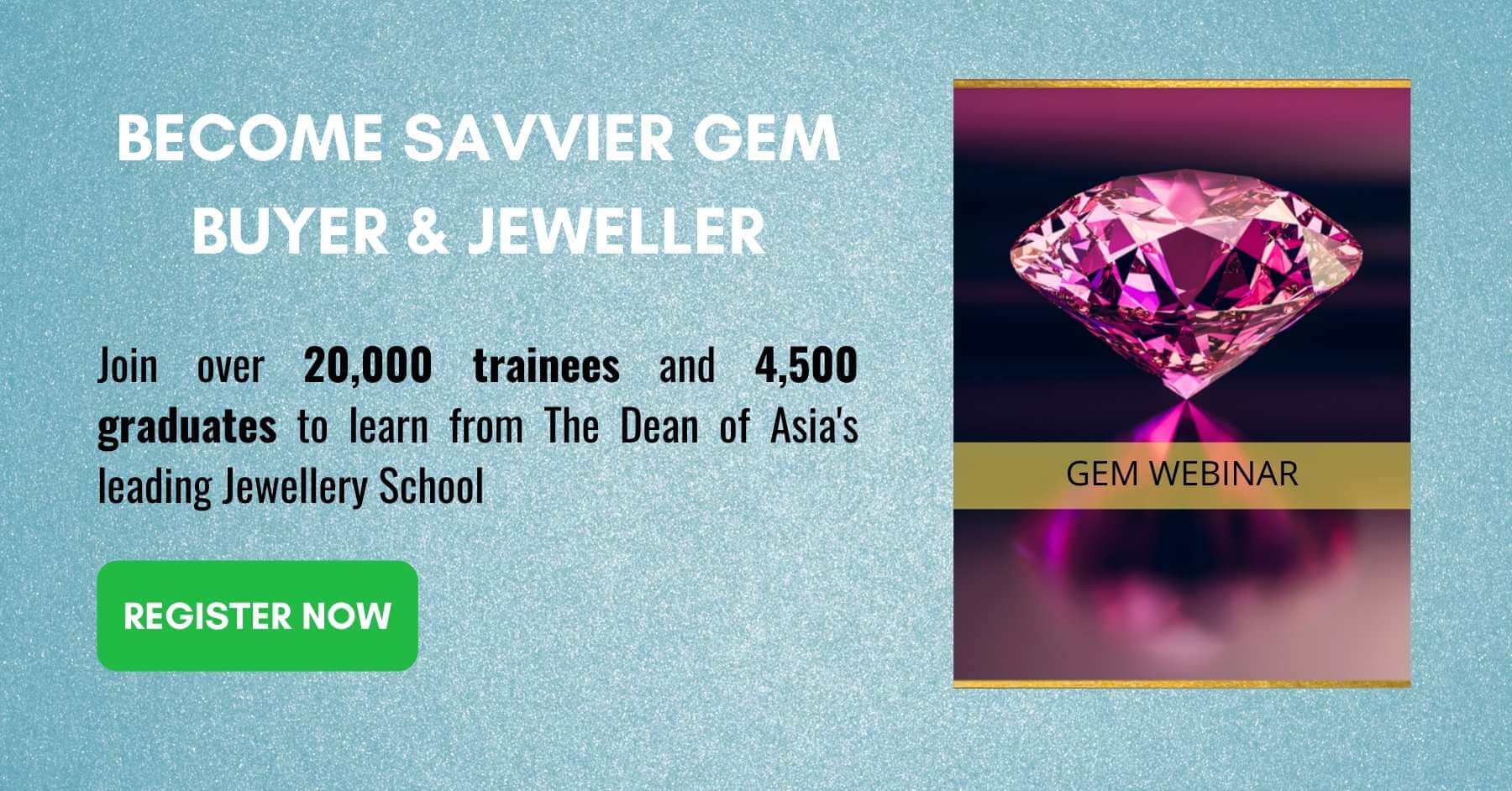








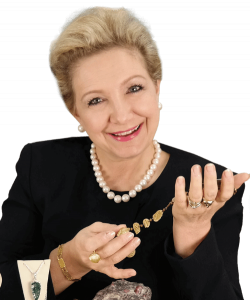


















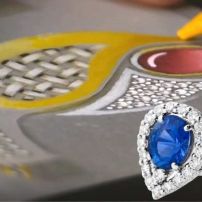
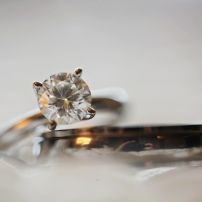


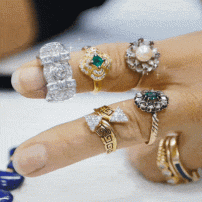
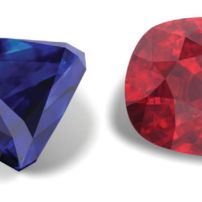


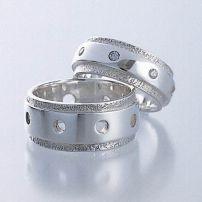
-959eb30bf079ed6c8f32c8d077540f78.jpeg)
